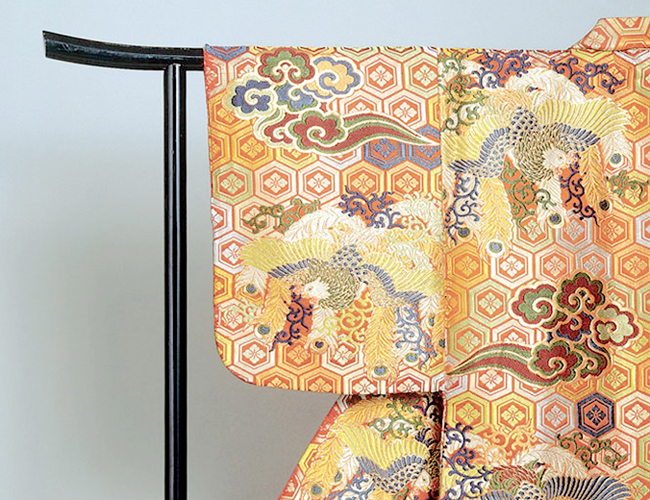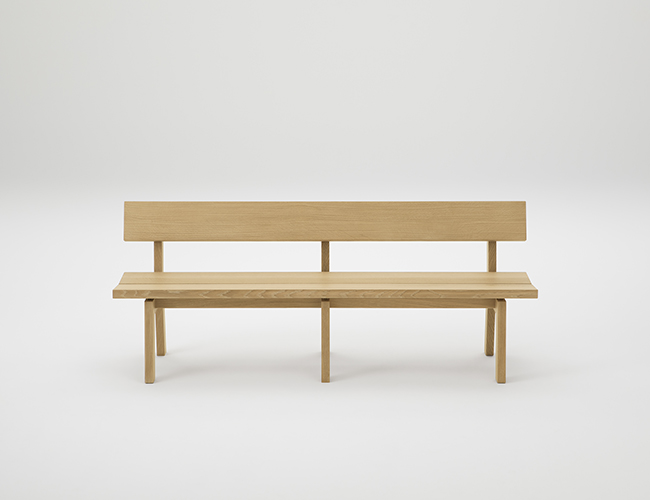
|
View this email in your browser |
NEWSLETTER
issue 12 | November 2020
This is the story of Japanese Craftsmanship Spirits:
Nishijin-Ori

Noh Costume, Source: Kawashima Selkon Textiles Co.,Ltd.
When you imagine Japan, beautiful kimonos with obi belts woven in colorful threads might be one of the first things that come to mind. Although kimonos are not worn on a daily basis today, they have always been an important part of Japanese life: Japanese people almost always wear them for celebrations and when performing traditional arts, such as Noh and Kabuki.
Among the various types of fabrics that are used in kimonos, Nishijin-ori is a general term for Sakizome (threads dyed prior to weaving) fabric, produced in the Nishijin area of Kyoto. With the birth of Heiankyo city in Kyoto in 794, craftsmen with excellent skills, materials and designs gathered to produce elegant costumes and living utensils for dynasty aristocrats. The beauty of the Kyoto landscapes, the splendid lifestyle of the Heian period aristocracy, and traditional arts, such as Noh, the tea ceremony, and flower arranging, blossomed during the Muromachi period (1336-1573): all of these elements of aesthetics and craftsmanship have contributed to create the gorgeous art of Nishijin-ori.
Designated as one of the national traditional crafts in 1976, there are a total of 12 varieties of Nishijin-ori with different weaving compositions and characteristics. With its mesmerizing beauty, Nishijin-ori usage is not limited to kimonos or clothing accessories but also to interior products, such as wall decorations, which account for the second largest production value after obi-belt.
Product: Botan Bench

Photo by Yoneo Kawabe
The Botan Bench was originally designed for the roof terrace of Jasper Morrison's own office in Tokyo. He handcrafted the piece and has been enjoying his lunchtime on sunny days with this bench for a long time but has also been thinking that the bench deserves more attention. He eventually proposed this to Maruni as a product which could have a number of applications, both outdoor and in public areas indoors.
It has been seen in many public space projects since the release of the Botan Bench in 2013, but Maruni has also been receiving considerable inquiries for the product without a backrest. It was around the same time when the Botan Bench with no backrest was specified as one of the most exciting projects in the UK, New Tate Modern Project which opened in June 2016.This project eventually did lead to the release of the Botan Bench Basic in 2015. The Botan Benches in the New Tate Modern Project have bespoke dimensions, finishes and configurations to suit the spatial design by Herzog & de Meuron.
Announcement
Explore the Maruni Tokyo Showroom with our latest MARUNI COLLECTION 2020.
VIDEO
VIRTUAL SHOWROOM
This email is from Maruni Wood Industry Inc. whose registered office is at 24 Shirasago Yuki-cho Saeki-ku Hiroshima-shi Hiroshima. You have received this email because you have previously provided us with your email address.
To unsubscribe, please e-mail us at
press@maruni.com





